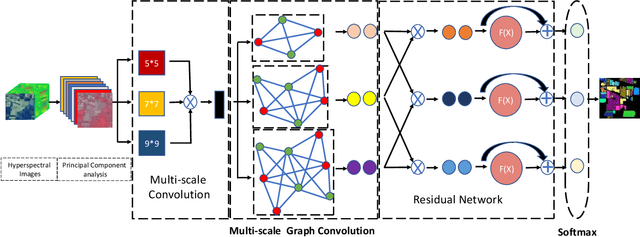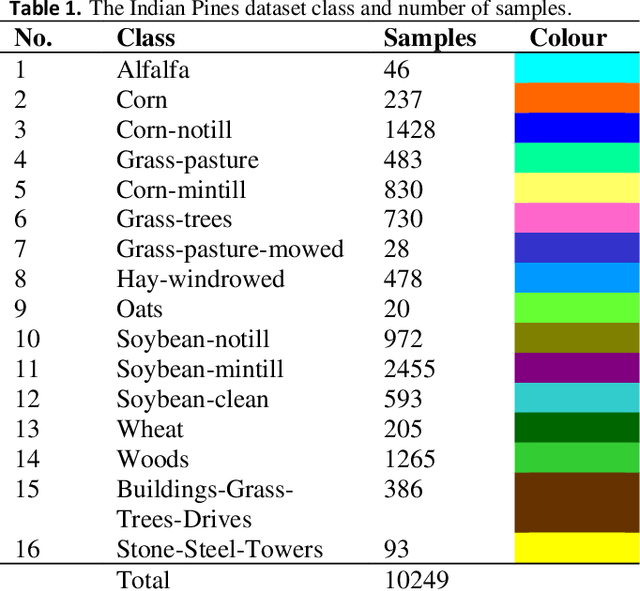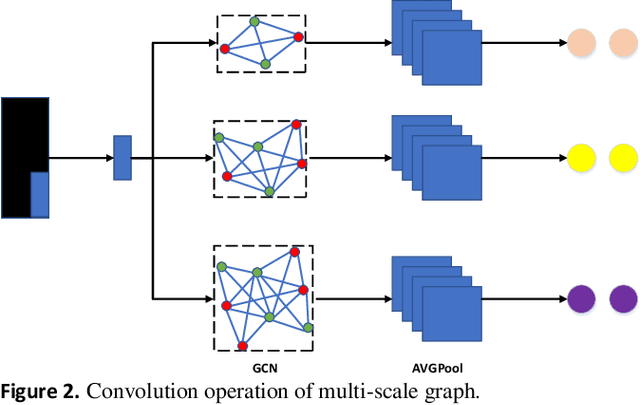Zhihan Chen
ParLS-PBO: A Parallel Local Search Solver for Pseudo Boolean Optimization
Jul 31, 2024Abstract:As a broadly applied technique in numerous optimization problems, recently, local search has been employed to solve Pseudo-Boolean Optimization (PBO) problem. A representative local search solver for PBO is LSPBO. In this paper, firstly, we improve LSPBO by a dynamic scoring mechanism, which dynamically strikes a balance between score on hard constraints and score on the objective function. Moreover, on top of this improved LSPBO , we develop the first parallel local search PBO solver. The main idea is to share good solutions among different threads to guide the search, by maintaining a pool of feasible solutions. For evaluating solutions when updating the pool, we propose a function that considers both the solution quality and the diversity of the pool. Furthermore, we calculate the polarity density in the pool to enhance the scoring function of local search. Our empirical experiments show clear benefits of the proposed parallel approach, making it competitive with the parallel version of the famous commercial solver Gurobi.
Improving Critical Node Detection Using Neural Network-based Initialization in a Genetic Algorithm
Feb 01, 2024Abstract:The Critical Node Problem (CNP) is concerned with identifying the critical nodes in a complex network. These nodes play a significant role in maintaining the connectivity of the network, and removing them can negatively impact network performance. CNP has been studied extensively due to its numerous real-world applications. Among the different versions of CNP, CNP-1a has gained the most popularity. The primary objective of CNP-1a is to minimize the pair-wise connectivity in the remaining network after deleting a limited number of nodes from a network. Due to the NP-hard nature of CNP-1a, many heuristic/metaheuristic algorithms have been proposed to solve this problem. However, most existing algorithms start with a random initialization, leading to a high cost of obtaining an optimal solution. To improve the efficiency of solving CNP-1a, a knowledge-guided genetic algorithm named K2GA has been proposed. Unlike the standard genetic algorithm framework, K2GA has two main components: a pretrained neural network to obtain prior knowledge on possible critical nodes, and a hybrid genetic algorithm with local search for finding an optimal set of critical nodes based on the knowledge given by the trained neural network. The local search process utilizes a cut node-based greedy strategy. The effectiveness of the proposed knowledgeguided genetic algorithm is verified by experiments on 26 realworld instances of complex networks. Experimental results show that K2GA outperforms the state-of-the-art algorithms regarding the best, median, and average objective values, and improves the best upper bounds on the best objective values for eight realworld instances.
SAR Despeckling via Regional Denoising Diffusion Probabilistic Model
Jan 06, 2024Abstract:Speckle noise poses a significant challenge in maintaining the quality of synthetic aperture radar (SAR) images, so SAR despeckling techniques have drawn increasing attention. Despite the tremendous advancements of deep learning in fixed-scale SAR image despeckling, these methods still struggle to deal with large-scale SAR images. To address this problem, this paper introduces a novel despeckling approach termed Region Denoising Diffusion Probabilistic Model (R-DDPM) based on generative models. R-DDPM enables versatile despeckling of SAR images across various scales, accomplished within a single training session. Moreover, The artifacts in the fused SAR images can be avoided effectively with the utilization of region-guided inverse sampling. Experiments of our proposed R-DDPM on Sentinel-1 data demonstrates superior performance to existing methods.
Hyperspectral Remote Sensing Image Classification Based on Multi-scale Cross Graphic Convolution
Jun 28, 2021



Abstract:The mining and utilization of features directly affect the classification performance of models used in the classification and recognition of hyperspectral remote sensing images. Traditional models usually conduct feature mining from a single perspective, with the features mined being limited and the internal relationships between them being ignored. Consequently, useful features are lost and classification results are unsatisfactory. To fully mine and utilize image features, a new multi-scale feature-mining learning algorithm (MGRNet) is proposed. The model uses principal component analysis to reduce the dimensionality of the original hyperspectral image (HSI) to retain 99.99% of its semantic information and extract dimensionality reduction features. Using a multi-scale convolution algorithm, the input dimensionality reduction features were mined to obtain shallow features, which then served as inputs into a multi-scale graph convolution algorithm to construct the internal relationships between eigenvalues at different scales. We then carried out cross fusion of multi-scale information obtained by graph convolution, before inputting the new information obtained into the residual network algorithm for deep feature mining. Finally, a flexible maximum transfer function classifier was used to predict the final features and complete the classification. Experiments on three common hyperspectral datasets showed the MGRNet algorithm proposed in this paper to be superior to traditional methods in recognition accuracy.
 Add to Chrome
Add to Chrome Add to Firefox
Add to Firefox Add to Edge
Add to Edge